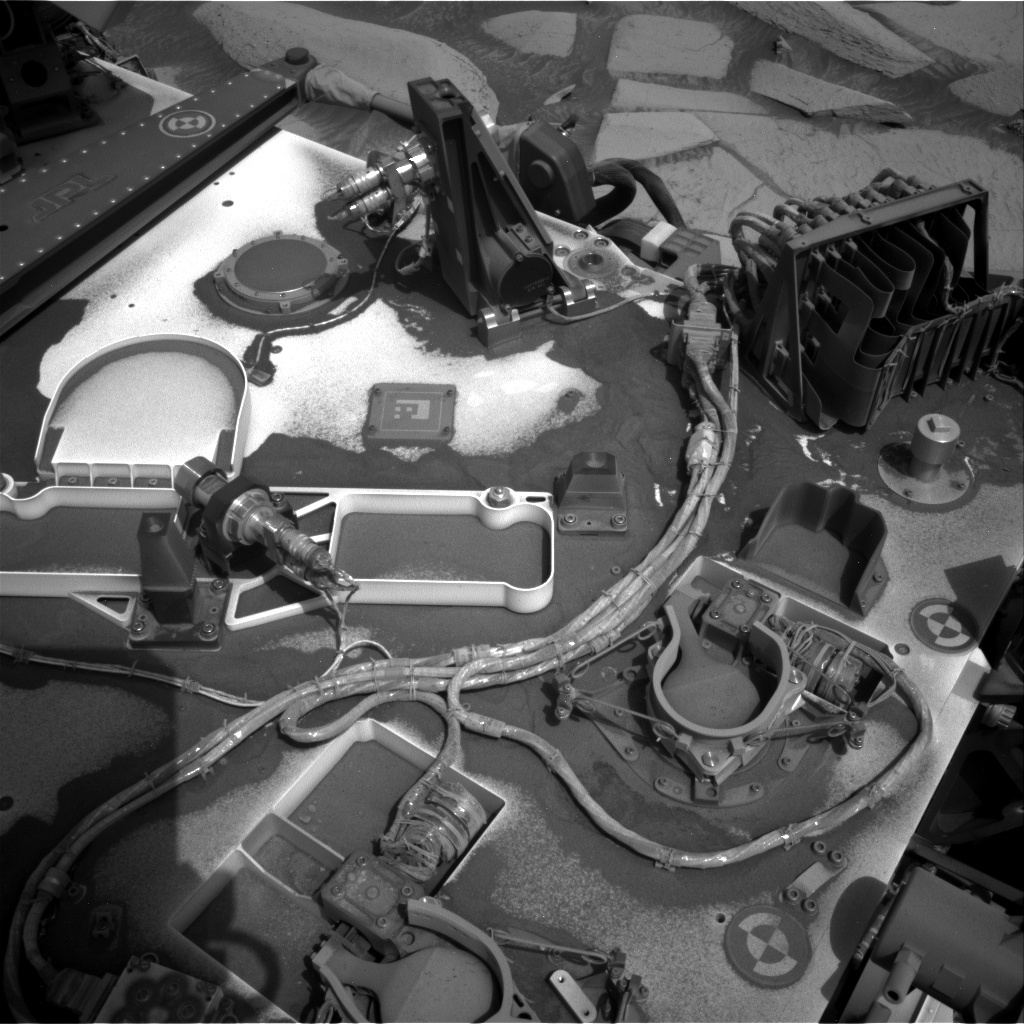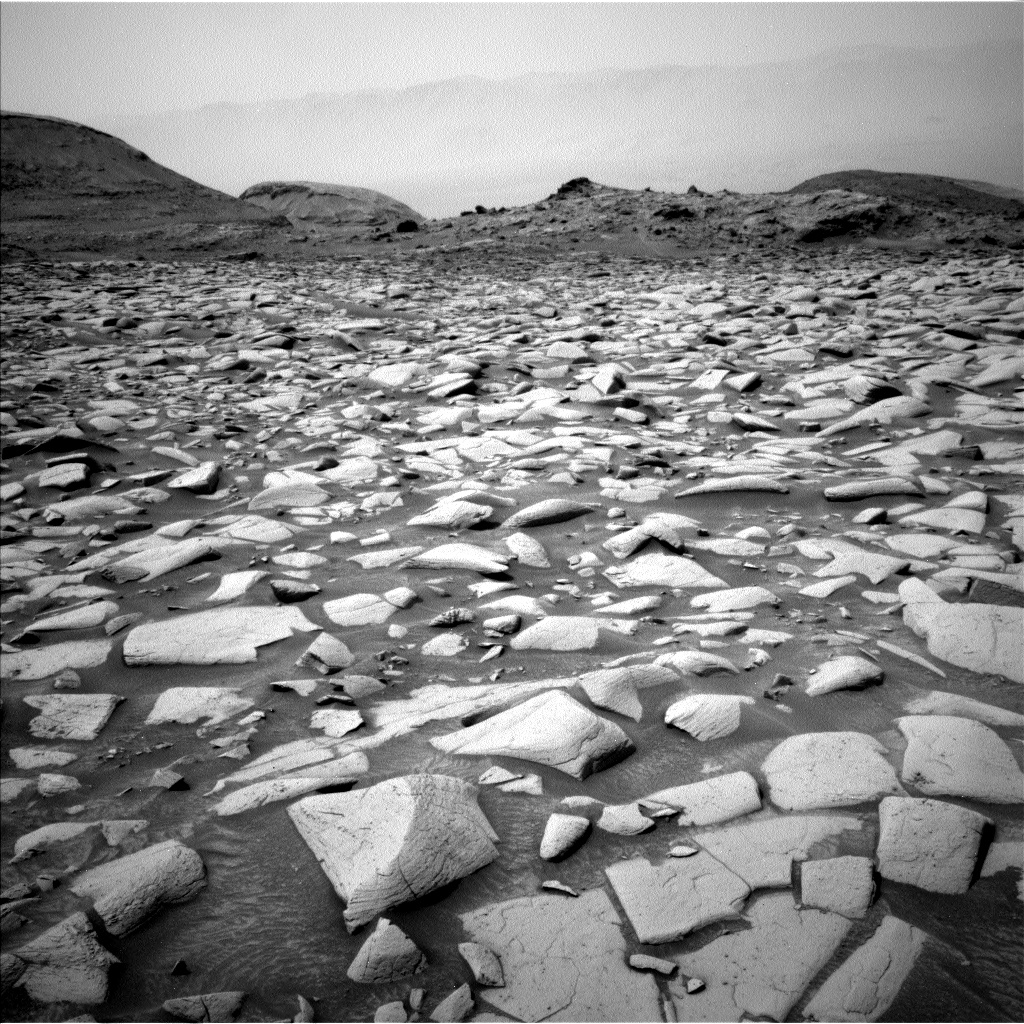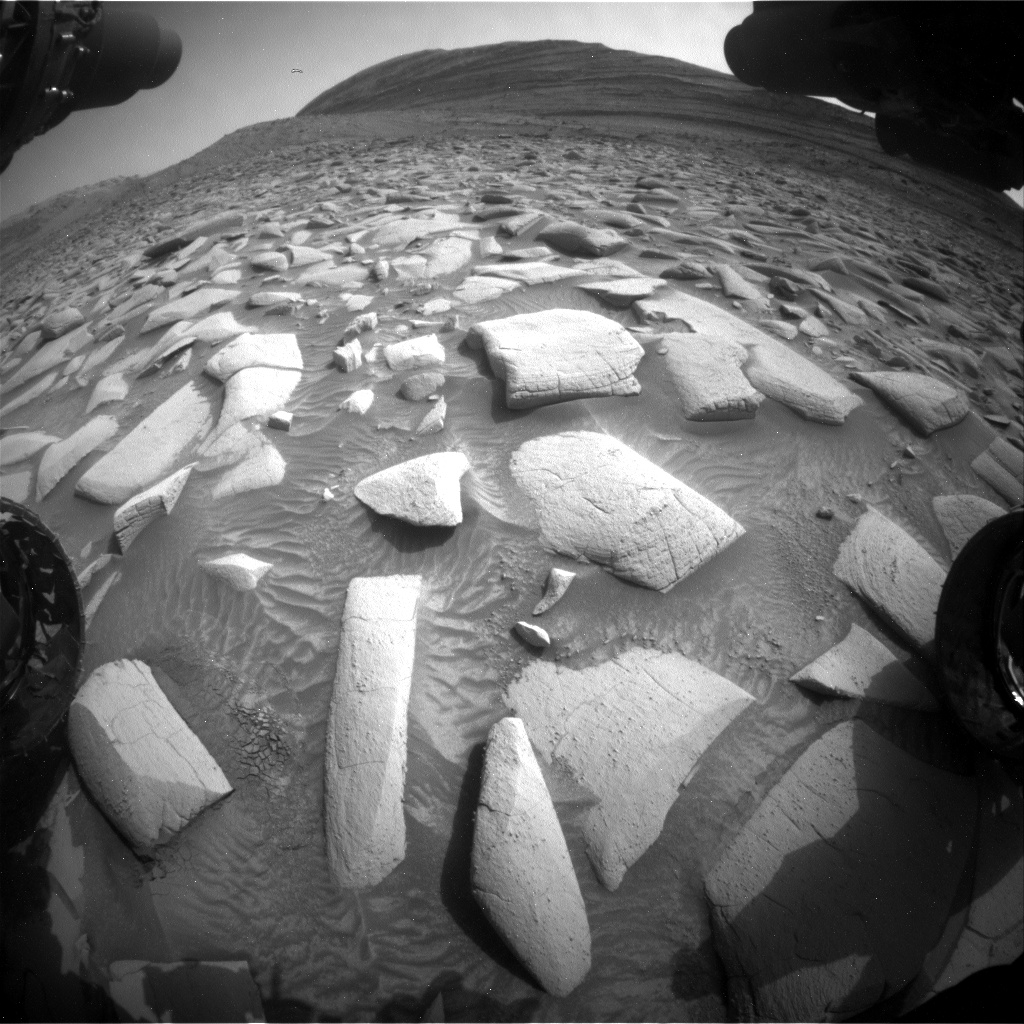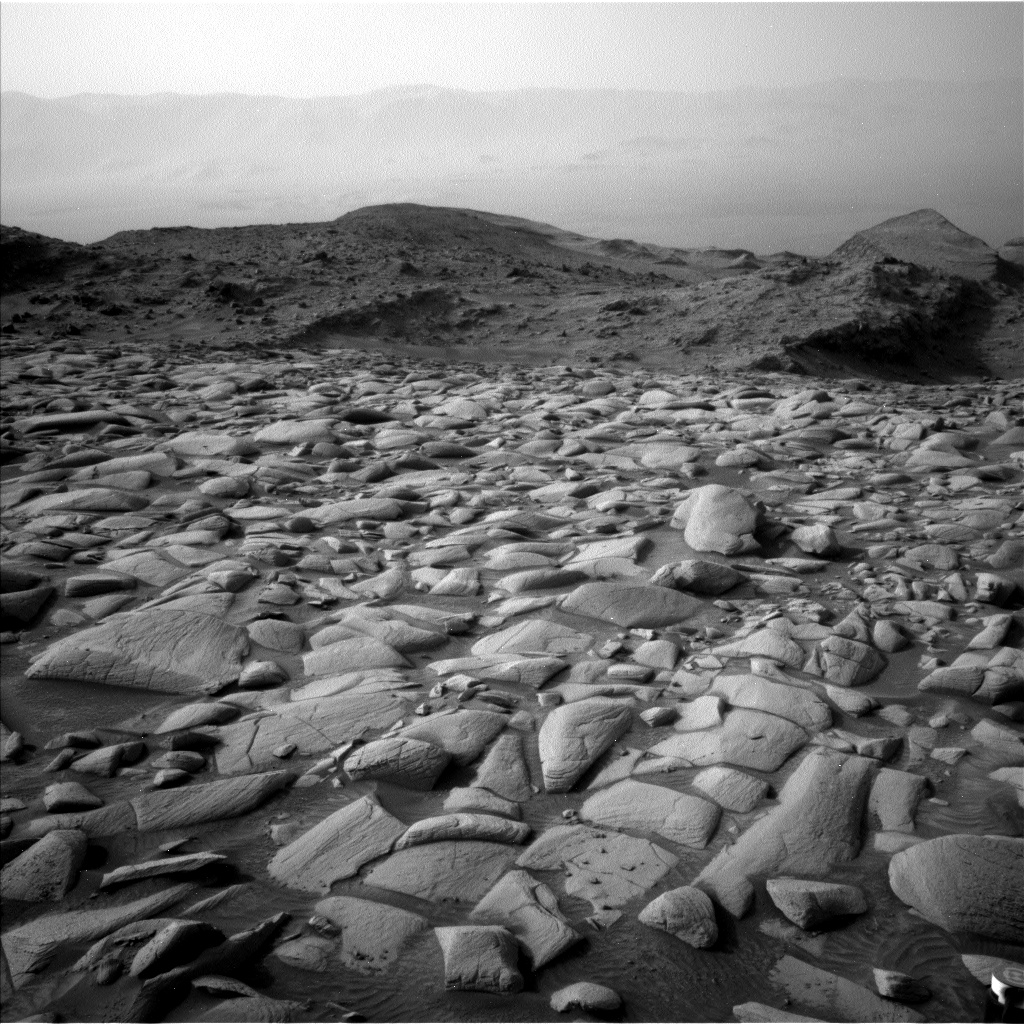Mars News & Features

Sols 4159-4160: A Fully Loaded First Sol
Earth planning date: Wednesday, April 17, 2024 Curiosity continues to make progress along the margin of upper Gediz Vallis ridge, investigating the broken bedrock in our workspace and acquiring images of the ridge deposit as the rover drives south. Today’s…

NASA’s Ingenuity Mars Helicopter Team Says Goodbye … for Now
The final downlink shift by the Ingenuity team was a time to reflect on a highly successful mission — and to prepare the first aircraft on another world for its new role. Engineers working on NASA’s Ingenuity Mars Helicopter assembled…

Comet Geyser: Perseverance’s 21st Rock Core
After investigating the high-standing bedrock at the Bunsen Peak workspace deep within the Margin Unit, the unique nature and composition of this rock was deemed worthy for collection of Perseverance’s 21th rock core sample, Comet Geyser! Bunsen Peak is named…

Sols 4157-4158: What is That??
Earth planning date: Monday, April 15, 2024 On most sols of planning, the science team does their best to balance collecting new observations of the “typical” with the “unusual.” The dividing line between those is subjective, but informed by the…

NASA Sets Path to Return Mars Samples, Seeks Innovative Designs
NASA Administrator Bill Nelson shared on Monday the agency’s path forward on the Mars Sample Return program, including seeking innovative designs to return valuable samples from Mars to Earth. Such samples will not only help us understand the formation and…

Sols 4154-4156: Bumpy Driving up the Mountain
Earth planning date: Friday, April 12, 2024 As we’ve continued to drive up into Gediz Vallis, the ground in front of us has become increasingly littered with large rocks sticking up out of the sand. While certainly good for geology,…

NASA Invites Media to Mars Sample Return Update
NASA will host a media teleconference at 1 p.m. EDT, Monday, April 15, to discuss the agency’s response to a Mars Sample Return Independent Review Board report from September 2023, including next steps for the program. The teleconference will livestream…

Sols 4152-4153: Musings on Eclipses on Mars and Earth
Earth planning date: Wednesday, April 10, 2024 The extremely rocky terrain wasn’t a problem for Curiosity’s rover drivers on Monday, and we learned this morning that the drive they planned completed successfully. Today’s two-sol plan will take the familiar form…

Sols 4150-4151: The Little Rock That Moved…
Earth planning date: Monday, April 8, 2024 It’s a rocky road out there (and solar eclipse day on Earth!). Regular readers of the blog will have noticed the terrain change, and the many rounded rocks that are appearing embedded in…

Sols 4148-4149: A Mastcam MegaMosaic
Earth planning date: Friday, April 5, 2024 Curiosity continues to drive south along the eastern margin of the upper Gediz Vallis ridge and will pause over the weekend for Mastcam to snap over 350 images that will be stitched together…
